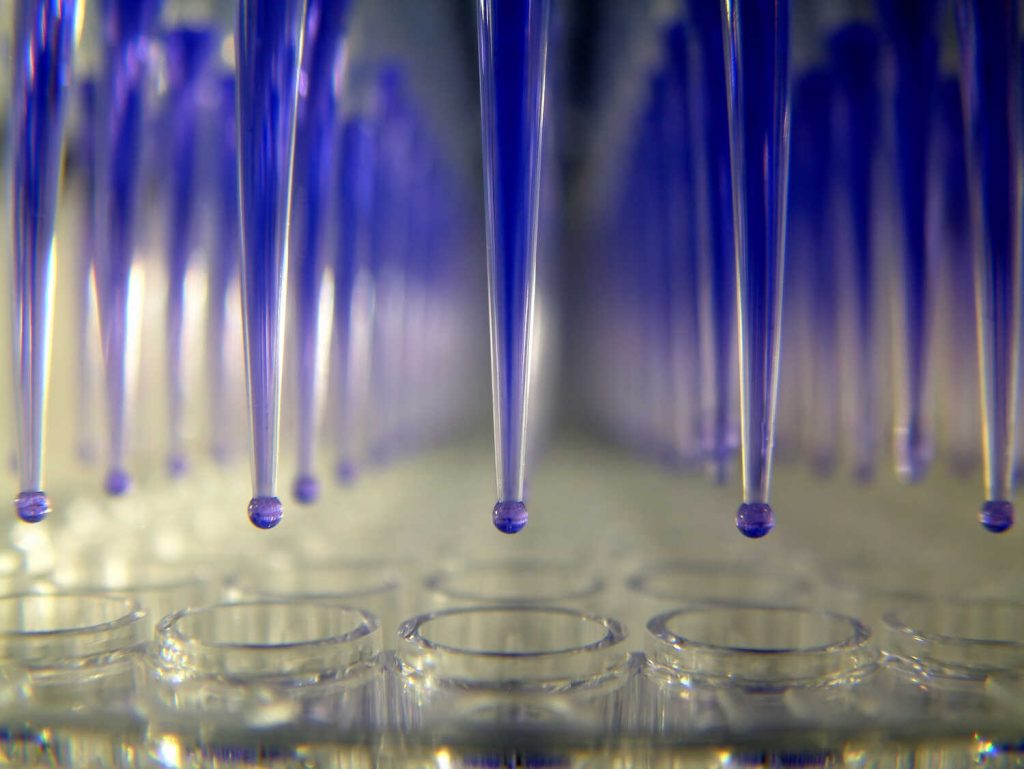In the ongoing battle against antibiotic-resistant bacteria, scientists have made significant strides in the development of innovative smart drugs that promise to revolutionize the field of infectious disease treatment. The rise of antibiotic resistance poses a formidable threat to global public health, rendering once-potent drugs ineffective against an increasing number of bacterial strains. To combat this challenge, researchers have turned to cutting-edge technologies and advanced drug design strategies to create a new generation of antibiotics. Unlike traditional antibiotics that indiscriminately target bacteria, these smart drugs are engineered to specifically recognize and attack resistant bacterial strains, sparing beneficial bacteria in the process. One key approach in developing these smart drugs involves leveraging the power of nanotechnology. Scientists have designed nanoparticles capable of delivering targeted payloads of antibiotics directly to resistant bacteria, minimizing collateral damage to surrounding tissues and microbiota.
These Nano carriers can be programmed to recognize specific markers on the surface of antibiotic-resistant bacteria, ensuring precise drug delivery. This targeted approach not only enhances the efficacy of the antibiotics but also reduces the risk of developing resistance by sparing non-resistant bacterial populations. Moreover, the integration of artificial intelligence AI has played a pivotal role in the design and optimization of smart drugs. Machine learning algorithms analyze vast datasets of bacterial genomes, antibiotic structures in Azithromycin 500mg, and clinical outcomes to identify potential drug candidates with high specificity against resistant strains. This data-driven approach accelerates the drug development process, allowing researchers to identify promising compounds more efficiently and tailor treatments to individual patients based on the genetic makeup of the infecting bacteria. In addition to targeting resistant bacteria directly, scientists are exploring innovative strategies to disarm bacterial defenses. Some smart drugs aim to disrupt the mechanisms that bacteria use to evade the effects of antibiotics, making them more susceptible to traditional treatments. By understanding the molecular pathways that confer resistance, researchers can design drugs that disable these defense mechanisms, rendering even the most resistant bacteria vulnerable to conventional antibiotics.
Furthermore, the development of bacteriophage therapy, a form of treatment that utilizes viruses that specifically infect and kill bacteria, has shown promise in addressing antibiotic resistance. Bacteriophages, or phages, are natural predators of bacteria and can be engineered to target specific bacterial strains, including those that are resistant to traditional antibiotics. This personalized approach holds potential for highly effective and precise treatment, as phages can evolve alongside bacteria, adapting to changes in resistance patterns. In conclusion, the emergence of smart drugs represents a groundbreaking advancement in the fight against antibiotic-resistant bacteria. By harnessing the capabilities of nanotechnology and buy tradamol online, artificial intelligence, and innovative therapeutic approaches like bacteriophage therapy, scientists are paving the way for a new era in infectious disease treatment. These smart drugs not only offer targeted and potent solutions against resistant strains but also hold the promise of minimizing the collateral damage associated with traditional antibiotics, ensuring a more sustainable and effective approach to combating infectious diseases in the future.



